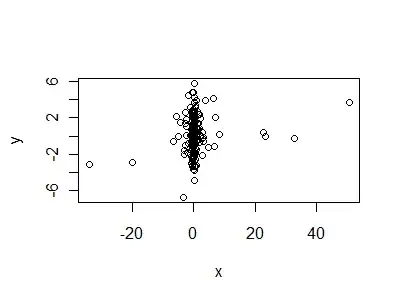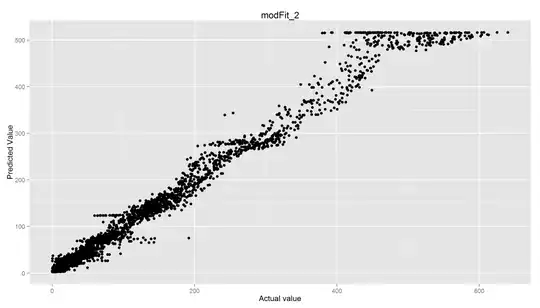Given a known 95th percentile value of $n$, and assuming a log normal distribution, is there a way to calculate pairs of possible parameters (meanlog, sdlog)?
I was able to get fairly close numerically, with n = 95:
lim95 <- 95
t <- 1000
find.sd <- function(lgmn,q95){
x <- (seq(0,50,length=10000))
lsds <- qlnorm(.95,lgmn,x)
r1 <- x[min(which(lsds>q95))]
return(r1)
}
lgmn1 <- seq(0,4.54,length=t)
lgsds1 <- sapply(lgmn1,find.sd,q95=lim95)
test1.q95 <- qlnorm(.95,lgmn1,lgsds1)
cbind(lgmn1,lgsds1,test1.q95)
x <- seq(0,lim95*1.2,length=t)
y <- matrix(ncol=length(x),nrow=length(x))
for (i in 1:length(lgmn1)){
y[i,] <- dlnorm(x,lgmn1[i],lgsds1[i])
}
matplot(x,t(y)[,c(seq(1,t*.95,by=20),(t*.95):t)],type="l",col="red",
lwd=.2,lty=1,ylab="",xlab="",
main="Possible Log-Normal PDFs with 95 percent values of n=95")
abline(v=lim95,col="blue",lty=4)
I'm looking for a more generalized approach - numeric or analytical.

